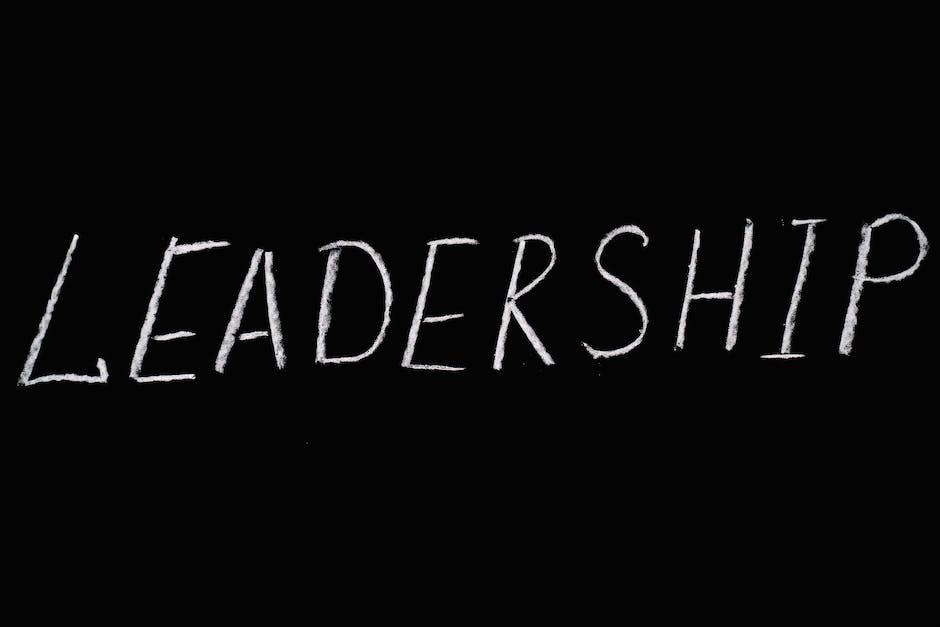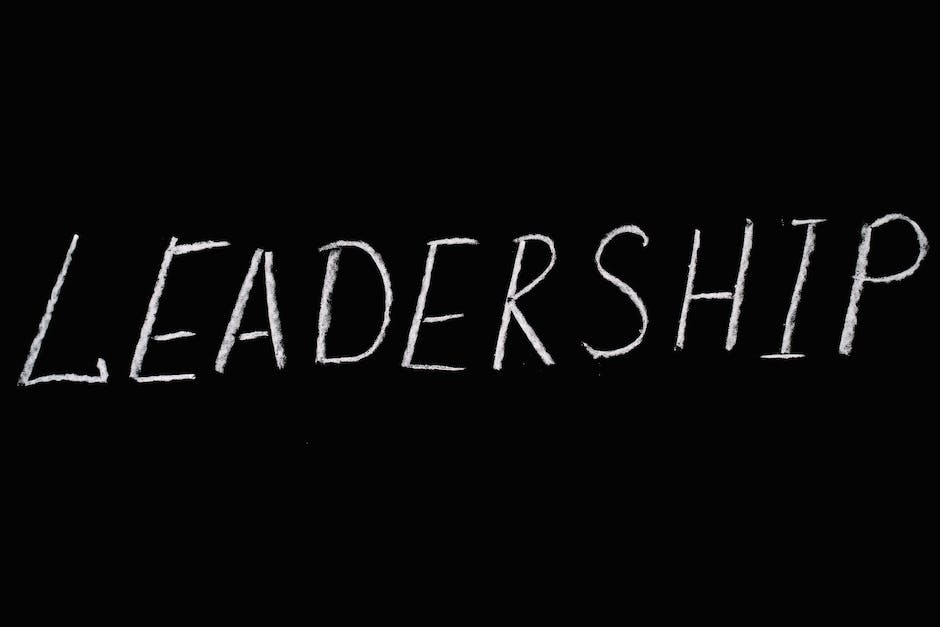Contents
- 1 Understanding Behavioral Theories in Leadership
- 2 Examining Case Studies Application of Behavioral Theories
- 2.0.1 Hersey-Blanchard Situational Leadership Vis-a-vis Behavioral Theories
- 2.0.2 Transactional Leadership – An offshoot of the Ohio State Studies
- 2.0.3 Transformational Leadership – Linkage with the Michigan Leadership Studies
- 2.0.4 Charismatic Leadership Vis-a-vis the Blake and Mouton Managerial Grid
- 2.0.5 Contingency Theories – Consideration and Initiating Structure in Context
- 2.0.6 Practical Examples in the Corporate World
- 3 Limitations of Behavioral Theories in Leadership
- 4 Alternative Leadership Theories
Understanding Behavioral Theories in Leadership
In this article, we will review Behavioral Theories in Leadership.
Let’s start by understanding these two words individually:
- Behavioral: This focuses on actions. How someone reacts in certain situations.
- Theory: An idea or set of ideas intended to explain something.
Let’s merge these terms and understand the phrase, ‘Behavioral Theories of Leadership’. Essentially, these dictate that great leaders are made, not born. These theories try to explain how leaders can be made in an organizational environment.
Styles of Leadership in Behavioral Theories
- Autocratic leadership: Here’s a style akin to a classroom with a stern teacher. This leader makes all decisions, unilaterally. The leader does not consult team members or consider their needs and opinions.
- Democratic leadership: Picture a teacher who loves group work, where everyone gets a say. Here, the leader involves employees in decision-making processes, encourages teamwork, and fosters creativity and initiative.
- Laissez-Faire leadership: Think of a substitute teacher who lets the class do what they want, and only steps in when required. This leader allows members to make decisions while retaining ultimate responsibility.
The Ohio State Studies – Two Factor Concept
The Ohio State University carried out extensive research on behavioral theories and came up with a two-factor concept:
- Leaders who exhibit consideration, that is, friendliness, respect, and nurturing relationships.
- Leaders who showcase initiating structure: this means clarifying roles, scheduling work, and giving directions.
The Michigan Leadership Studies
The University of Michigan conducted their studies, focusing on two types of leadership:
- Employee orientation: Here, leaders take an interest in their followers as individuals.
- Production orientation: Here, leaders emphasize technical aspects of the job.
The Blake and Mouton Managerial Grid
The theory suggests five potential leadership styles, based on concern for people and concern for production.
- Impoverished Management: Low concern for both people and production.
- Country Club Management: High concern for people, low concern for production.
- Authority-obedience: Low concern for people, high concern for production.
- Middle-road Management: Median concern for both parameters.
- Team Management: High concern for both people and production.
Understanding these key sections and theories will give you a comprehensive knowledge of the behavioral theories of leadership.
Keep in mind, each leadership style has its own merit, and the best leaders are often able to adapt and switch styles, based on the situation at hand.

Examining Case Studies Application of Behavioral Theories
Hersey-Blanchard Situational Leadership Vis-a-vis Behavioral Theories
The Hersey-Blanchard Situational Leadership theory is a concrete example of the practical application of behavioral theories.
In this approach, leaders adjust their style depending on the maturity and capability level of their team. Essentially, the theory posits that there’s no one-size-fits-all leadership style – it changes based on the situation.
This bears a striking resemblance to the various leadership styles highlighted in our discussion about styles of leadership in behavioral theories such as Democratic, Autocratic, and Laissez-Faire leadership.
Transactional Leadership – An offshoot of the Ohio State Studies
Transactional leadership is another notable example. This approach relies heavily on the concept of “initiating structure” identified in the Ohio State Studies.
Leaders set clear tasks and rewards or punishments for their completion or non-completion, respectively. It’s like a business transaction, so you can see the connection to our earlier discussions, can’t you?
Transformational Leadership – Linkage with the Michigan Leadership Studies
In transformational leadership, leaders motivate their teams by setting high expectations and inspiring them to meet these goals.
The leaders, in turn, highly regard their team members’ abilities. This relationship-oriented leadership style relates to the “employee-oriented” type identified in the Michigan Leadership Studies.
Charismatic Leadership Vis-a-vis the Blake and Mouton Managerial Grid
Charismatic leadership, where leaders inspire enthusiastic support and acceptance through charisma, is a practical application of the “high concern for people” identified in the Blake and Mouton Managerial Grid. The leader’s appeal lies in their character and how they use it to influence their team.
Contingency Theories – Consideration and Initiating Structure in Context
In Contingency theories, the leader’s effectiveness is contingent or dependent on how their leadership style fits the context.
The leader uses a mix of initiating structure and consideration factors, thereby aligning with the behavioral theories from the Ohio State Studies.
Practical Examples in the Corporate World
To illustrate, take Apple, Inc. After Steve Jobs returned to Apple in 1997, he exhibited transformational leadership, inspiring a corporate turnaround which pushed Apple to the forefront of innovative technology. Jobs set high expectations, focused on building a good workplace culture, and motivated his team to produce groundbreaking devices. That sounds a lot like the employee orientation discussed in the Michigan Leadership studies, doesn’t it?
In contrast, Amazon’s Jeff Bezos is reputedly a transactional leader. His demanding and exacting standards, coupled with a structured work environment, mirrors the production orientation and initiating structure from the Ohio State Studies.
Why not take a moment to consider some leaders you know or have read about, and see if you can identify examples of these leadership styles? You’ll be surprised at how these behavioral theories come to life in the real-world scenarios.

Limitations of Behavioral Theories in Leadership
One of the main limitations of behavioral theories is that they largely overlook individual differences. These theories often propose a “one-size-fits-all” approach to leadership, suggesting that certain behaviors will be effective regardless of the characteristics of the team members or the context. However, in reality, people have diverse perspectives, abilities, and motivations that could impact how they react to different leadership styles.
Here is an example: A democratic leadership style involves team members in decision making, which can foster a sense of belonging and commitment. However, if team members are more introverted or lack experience, they might prefer autocratic leadership, where decisions are made by the leader alone.
Lack of Versatility:
The behavioral theories of leadership do not account for the need for versatility in leadership styles. The idea of employing just one style across all situations seems rather unrealistic.
Real-life example: Steve Jobs was known for his autocratic leadership style in the early years of Apple, a style that might not have worked at all in a startup where collective consensus is often essential.
Time and Context are Ignored:
Behavioral theories tend to ignore the dimension of time and context. The world is not static and neither should leadership styles. It means that what worked in the 1980s might not work as well in the 2020s due to changes in technology, societal norms, and our understanding of human psychology.
Take Amazon as a case study:
The company’s leadership principles, formulated by Jeff Bezos, have been essential to its success. However, they have also been critiqued due to the high-pressure environment they can foster, hinting at the need for transformational leadership that meshes well with the pace of technological evolution.
Overemphasis on Observable Behaviors:
Behavioral theories tend to focus too much on observable behaviors, ignoring mental processes and inherent traits that could affect a leader’s effectiveness. This lack of focus on internal dynamics fails to account for the impact of a leader’s perception, personality, and motivations.
Limited Use for Training:
In terms of practicality, these theories are limited. Behavioral theories provide a broad understanding of leadership but fail to offer clear guidance for developing effective leaders. So while they help you identify what behaviors are associated with effective leadership, they don’t exactly lay out a roadmap for how to develop them.
While the behavioral theories offer valuable insights on the roles leadership styles play, their limitations mean they should not be treated as the definitive guide to effective leadership.
Instead, incorporating a variety of frameworks, including flexibility in leadership styles and specific situational analysis, is essential in understanding and applying leadership effectively.

Photo by benofthenorth on Unsplash
Alternative Leadership Theories
Path-goal theory of Leadership
One significant alternative theory to the behavioral leadership approach is the path-goal theory. Developed by Robert House, this theory takes the perspective that a leader’s job is to assist their followers in attaining their goals and to provide the necessary direction and support to ensure that their goals are compatible with the overarching objectives of the group or organization.
It maintains that the leader’s style can be flexible and adjusted to fit the employee’s needs and the working environment.
Now, let’s break down an example of this in practice. Imagine a coach for a youth basketball team. If a player is struggling with their shooting, the coach can adjust their style to be more explanatory and hands-on to help the player, providing more direct assistance.
This type of adjustment and flexibility is one key aspect of the path-goal theory – it stresses upon the importance of leaders being adaptable to meet team members’ needs.
Leader-Member Exchange Theory (LMX)
Another alternative theory is the Leader-Member Exchange Theory (LMX). This theory emphasizes the two-way relationship between supervisors and subordinates.
A high-quality relationship between a leader and a subordinate is characterized by mutual trust, respect, and obligation. High-quality exchanges will result in deeper connection, and consequently, more positive organizational outcomes.
Take UPS, for instance. The logistics company is known for its unique culture of promoting from within and listening to employees at all levels. This method creates a sense of mutual respect between the leaders and the employees, something that is crucial in the LMX theory.
Authentic Leadership
Authentic Leadership, another non-behavioral theory, is all about leaders who are deeply aware of how they think and behave, and are perceived by others as being aware of their own and others’ values/moral perspectives, knowledge, and strengths.
Authentic leaders are seen as people who promote openness. They are often characterized by a transparent approach towards their followers.
An example here is Howard Schultz, the former CEO of Starbucks. Schultz is known for building trust with employees by being transparent about company policies and future goals. By increasing transparency, he was able to promote a sense of authenticity and trust, hallmarks of authentic leadership.
Servant Leadership
Finally, Servant Leadership is a leadership theory that emphasizes the leader’s role as a steward of the resources provided by the organization. It encourages leaders to serve others while still achieving organizational goals. They put their team’s needs before their own, thereby improving the overall performance and morale.
A good example of this kind of leader is Mahatma Gandhi. He exerted influence not by asserting authority, but by dedicated service to his followers and unwavering commitment to his principles.
Each of these theories offers a different perspective on leadership, countering the behavioral approach. They emphasize adaptability, two-way relationships, authenticity, and serving others as alternative styles of effective leadership.
It’s important to remember, however, that no one approach is necessarily “the best”. It’s the unique combination of approaches, tailored to individual teams and scenarios, which makes a truly effective leader.

